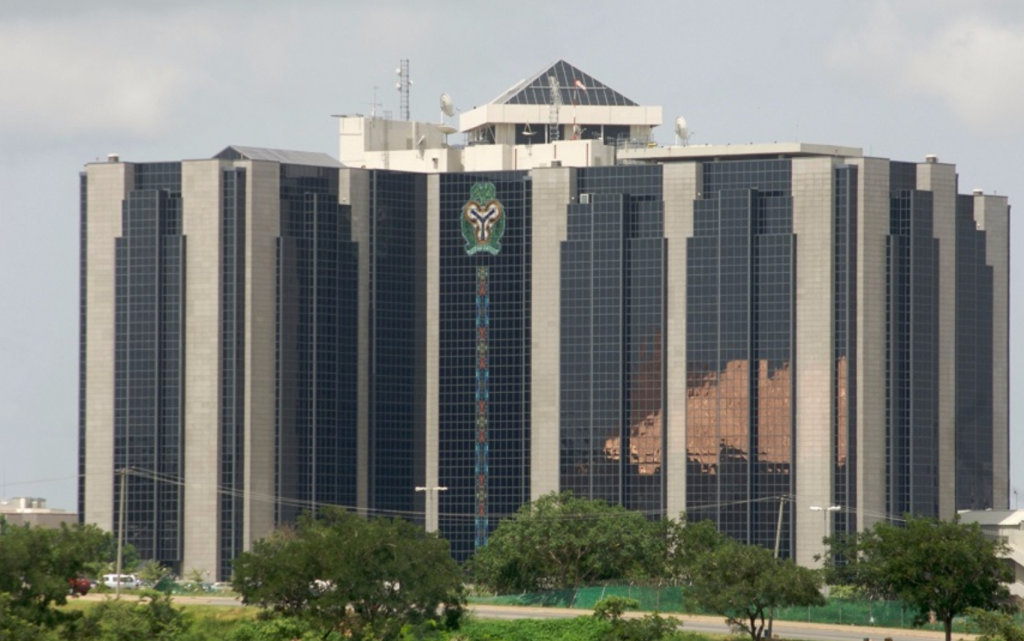Nigeria’s private sector continued its borrowing spree in November 2024, securing an additional N1.89 trillion despite the Central Bank of Nigeria’s (CBN) aggressive monetary tightening. This development brought the total credit to N75.96 trillion, up from N74.07 trillion in October, indicating the sector’s enduring reliance on loans even amidst sharply rising interest rates.
Under Governor Yemi Cardoso, the CBN has persistently raised the Monetary Policy Rate (MPR) to combat inflation, which stood at a staggering 33.88% in October. The MPR underwent six hikes in 2024 alone, increasing cumulatively by 875 basis points, with the latest adjustment in November pushing the rate to 27.50%. Despite these measures, the private sector’s borrowing patterns suggest a robust, possibly indispensable, dependence on credit.

An examination of borrowing trends reveals fluctuating credit activity throughout the year. February recorded the highest borrowing level at N80.86 trillion, but this was followed by a significant drop of N9.65 trillion in March. The sector experienced gradual recoveries and declines in subsequent months, ultimately rebounding in November. Year-on-year, private sector credit in November 2024 surged by N16.27 trillion, or 27.3%, compared to the same month in 2023.
The persistent demand for credit shows the sector’s challenges, including inflationary pressures, supply chain disruptions, and exchange rate volatility. Businesses appear willing to absorb higher financing costs, either to sustain operations or in anticipation of long-term economic recovery.
For policymakers, this trend raises critical questions about the efficacy of monetary tightening as a tool for inflation control. The CBN’s efforts to stabilise the naira and curb inflation may need to be complemented by fiscal policies and structural reforms to address underlying economic vulnerabilities. The private sector’s resilience highlights the necessity of credit as a lifeline, suggesting that monetary policy alone may not suffice in navigating the complexities of Nigeria’s economic landscape.


